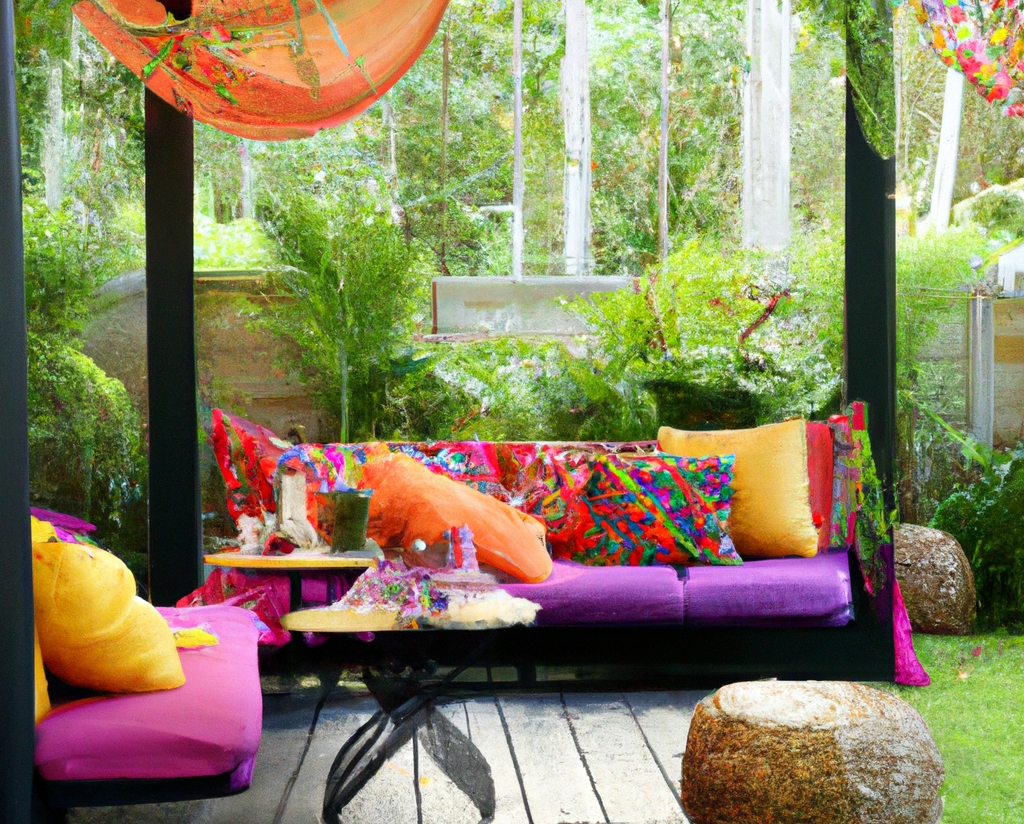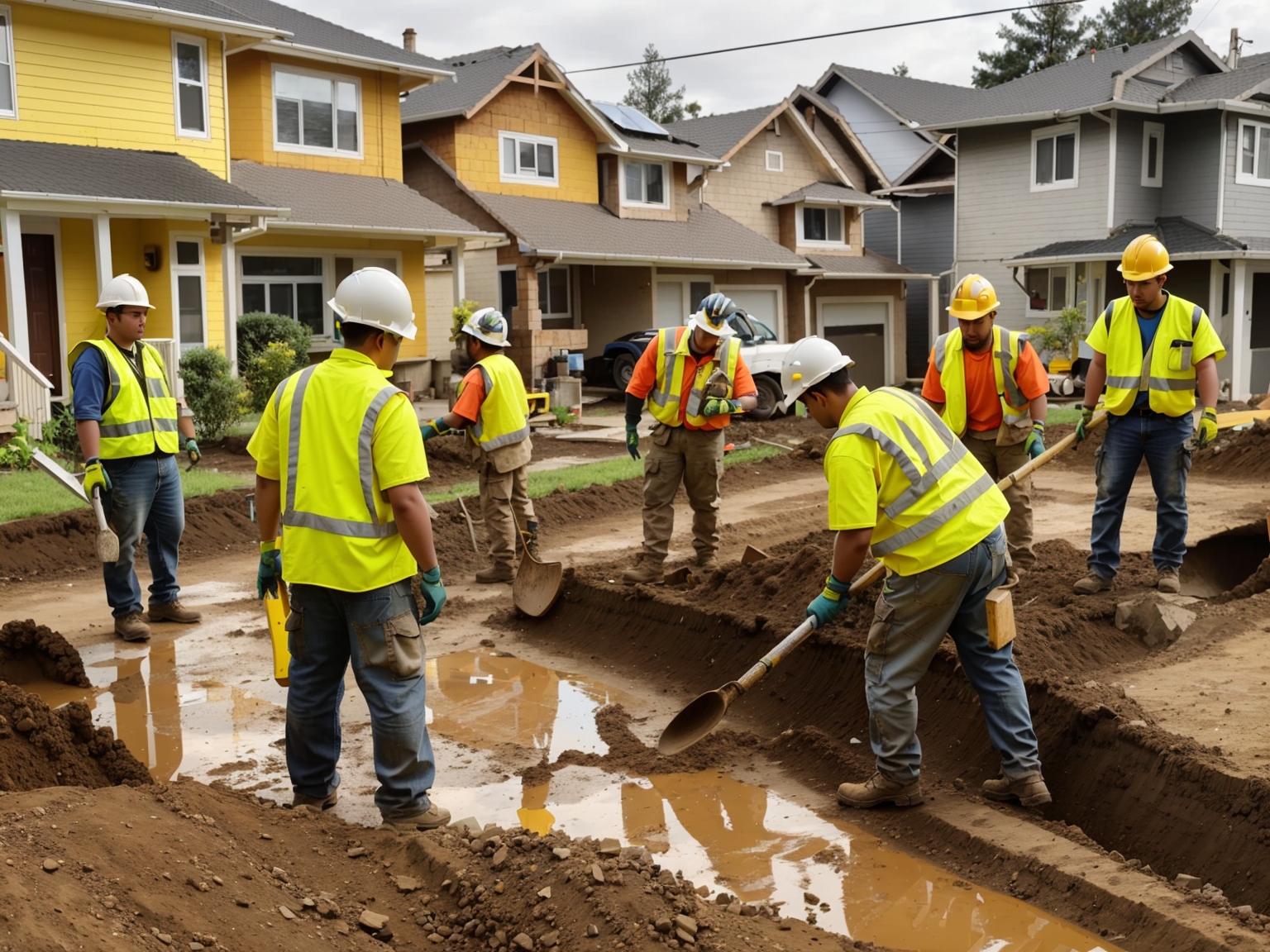When Is the Best Time to Build a Patio Cover? Seasonal Tips for Perfect Installation
Picture stepping into your backyard on a blazing summer afternoon, the sun beating down relentlessly, and wishing for a cool, shaded retreat just steps away. A patio cover transforms your outdoor space into a haven where you can relax, entertain, and enjoy fresh air without worrying about harsh weather. But when’s the perfect moment to bring this vision to life?
Timing your patio cover project right can mean smoother installation, better materials, and even cost savings. Whether you’re aiming to extend your outdoor season or add value to your home, knowing when to build can make all the difference. Let’s explore how to pick the ideal season to create your shaded sanctuary.
Understanding Patio Covers and Their Benefits
Patio covers serve as more than just shade structures; they become extensions of your living space that transform outdoor areas into comfortable retreats. You might picture them as outdoor roofs, crafted from materials like wood, aluminum, or vinyl, that protects your patio from sun, rain, and other elements. For example, a wooden pergola with retractable canopy can block harsh UV rays while allowing dappled sunlight to filter through, creating an inviting ambiance for summer evenings.
The benefits extend beyond shelter. By installing a patio cover, you increase usable square footage, which often boosts property value by up to 10% according to the National Association of Realtors. This means your investment not only improves quality of life but it also enhances resale potential. Also, patio covers reduce cooling costs by shading your home’s exterior walls and windows, cutting down indoor temperatures during scorching months.
Picture hosting family gatherings or relaxing with a book without worrying about unexpected rain or intense heat. You can customize covers to include features like ceiling fans, lighting, or even outdoor heaters. These elements make patios functional year-round, increasing enjoyment regardless of weather.
In short, patio covers weave practicality with style, giving homeowners the power to tailor their outdoor space to personal needs and local climate. Considering this, you might ask: when does it make most sense to build one to maximize these advantages?
Factors to Consider When Deciding the Best Time
Choosing the best time to build a patio cover depends on various factors that impact the quality, cost, and convenience of your project. You must weigh these elements carefully for an outcome that fits your lifestyle and climate.
Weather and Seasonal Conditions
Weather plays a major role in determining when to start construction. Spring and early fall offer mild temperatures and less humidity, which help materials cure properly and workers stay safe. Rain and strong winds during winter can delay progress, while scorching summer heat creates discomfort and potential heat damage to certain materials like wood. For instance, a June installation in Arizona might require extra hydration breaks for laborers, but a March project avoids desert heat extremes.
Evaluate the local climate’s unique patterns; if heavy rainfall is predicted for a season, postponing construction minimizes soil erosion and foundation issues. You’re likely to get quicker, high-quality results when environmental conditions support consistent work. Remember, too, that temperature fluctuations can cause materials to expand or contract, affecting structural integrity if not timed correctly. These subtle effects are crucial to long-lasting patio covers.
Budget and Cost Implications
Your budget won’t stretch equally throughout the year. Construction costs tend to dip during off-peak seasons when contractors have less demand, resulting in better deals and promotions. But, scheduling work during high-demand summer months might cause prices to spike due to increased labor charges and hurried material shipments.
Think about supply chain fluctuations that cause prices for lumber, aluminum, or vinyl to change. According to the National Association of Home Builders, material prices can vary by up to 20% between seasons. If your budget is tight, consider waiting for these dips to maximize value without compromising quality.
Also, the timing you pick affects ongoing expenses—building before summer increases home energy efficiency sooner, slashing your cooling bills. Delaying might save upfront cash but raise long-term costs in comfort and utilities. Balancing these factors sharpens your financial planning in home improvement.
Availability of Contractors and Materials
Contractor availability influences scheduling flexibility and project speed. Busy summer months often lead to months-long waiting periods, while slower seasons in fall or winter open slots that can speed up completion. If you want a quick turnaround, booking early in the off-season enhances your chances of getting preferred professionals.
Material availability also impacts timing. Popular products get depleted fast when demand surges, and manufacturing slowdowns create backlogs. For example, if you opt for custom wood beams, delays in supply might push your project back several weeks; scheduling construction during less competitive periods helps avoid these problems.
Do consider the coordination between contractors and suppliers. Lack of synchronization leads to idle workers or rushed, error-prone assembly. Planning construction when both labor and materials align ensures smooth workflows and a polished finish.
When you consider these factors — weather, budget, and availability — you get a strategic advantage in timing your patio cover build. After all, a well-timed project not only protects your investment but transforms your outdoor space into a retreat that welcomes you every season.
Seasonal Pros and Cons for Building a Patio Cover
Choosing the right season to build your patio cover affects cost, timing, and overall success of the project. Each season offers unique advantages and challenges that influence contractor availability, weather impacts, and material durability.
Spring: Advantages and Challenges
Spring provide ideal temperatures for construction and promote faster drying times for paints and sealants. You’ll find contractors increasingly booked as demand surges, reflecting improved project outcomes through skilled labor. But, unpredictable rain showers can stall progress, boosting the risk of delays. Prepare with weather-resistant materials like treated wood or aluminum, ensuring lasting structural integrity even though moisture exposure.
Summer: Advantages and Challenges
Summer’s long daylight hours maximize work periods, allowing your patio cover to be completed quickly. High temperatures can create harsh working conditions, potentially compromising material handling quality when heat-sensitive components like sealants or adhesives are involved. Cost spikes in labor and materials occur due to peak demand during this season. Strategize weekend or early morning installations to mitigate heat-related issues while taking advantage of contractors’ busiest time.
Fall: Advantages and Challenges
Fall balances moderate temperatures and fewer rainstorms, making it a prime time to build a patio cover that withstands winter weather. Contractors may offer discounts as their schedules lighten post-summer rush, reducing project cost. Beware of early freezes in cold climates that can hinder curing of concrete footers or paints. Opt for fast-drying finishes and schedule work ahead of frost onset for optimal results.
Winter: Advantages and Challenges
Winter entails lower contractor rates and increased availability, combined with quieter supply chains. This season requires meticulous planning to adapt work to cold weather constraints—frost and snow delay builds, while freezing conditions impair adhesives and paints. If you choose winter, focus on prefabricated components that minimize onsite construction and plan for indoor workspace or temporary shelter to protect materials and workers.
| Season | Advantages | Challenges | Examples of Suitable Materials/Strategies |
|---|---|---|---|
| Spring | Mild weather, good drying conditions | Rain delays, high demand for contractors | Treated wood, aluminum, weatherproof paint |
| Summer | Long daylight, quick project completion | Extreme heat, high costs | Early morning work, heat-resistant sealants |
| Fall | Moderate temperatures, discounted rates | Early frost, drying issues | Fast-drying finishes, scheduled early work |
| Winter | Lower costs, available contractors | Frost, snow, slow curing of adhesives | Prefabricated panels, temporary shelters |
Reflect on your local climate patterns and budget constraints before deciding. When does your area experience the least rainfall? Could you leverage off-peak demand to reduce expenses? Balancing these factors increases the odds of a smooth build that enhances your outdoor living space for years to come.
Tips for Planning Your Patio Cover Project
Start planning your patio cover project by evaluating your outdoor space’s specific needs and local climate. Choose materials like wood for warmth, aluminum for durability, or vinyl for low maintenance, only when you’ve considered how each interacts with your weather conditions. For example, wood suits dry climates but might require more care in humid areas to prevent rot.
Consider contractor availability early on, because scheduling during off-peak seasons often results in faster service and lower costs. Spring’s mild weather offers a balance, yet might bring rain delays, while fall often provides discounted rates but risks frost interrupting work. If you prioritize quick completion, summer’s long days help, but extreme heat might affect worker efficiency and material stability.
Analyze your budget with attention to seasonal cost fluctuations in materials and labor. By securing quotes ahead of time, you can compare prices and choose the time that aligns with your financial plan. Balancing upfront costs against potential delays leads to smarter decisions.
Integrate customization options like ceiling fans, lighting, or outdoor heaters during the planning phase to enhance year-round comfort and functionality. These elements transform your patio cover into a versatile retreat tailored to your lifestyle.
Ask yourself: How will your patio cover blend with existing architecture? How does it complement your outdoor activities? Answering these questions drives design choices that fit your household’s unique dynamics.
Finally, document every step with detailed plans and contracts to avoid surprises. Clear communication with your contractor secures expectations about timelines, materials, and costs, which prevents misunderstandings later.
By addressing weather, budget, design, and scheduling, you set your patio cover project up for success, ensuring comfort and value that last for years.
Conclusion
Choosing the right time to build your patio cover makes a big difference in cost, quality, and overall satisfaction. By considering your local climate, budget, and contractor availability, you can plan a project that fits your lifestyle and timeline.
Taking the time to prepare and customize your patio cover ensures it will be a comfortable, stylish extension of your home for years to come. With thoughtful timing and planning, you’ll enjoy your outdoor space to the fullest no matter the season.
- Why Do People Join Backyard Bootcamps? Top Benefits Driving This Fitness Trend - October 14, 2025
- The Best Birdhouse Designs for Attracting Local Birds: Top Tips and Ideas - October 14, 2025
- Why Is Pressure Washing a Good Home Business? Benefits, Tips, and Success Strategies - October 14, 2025



